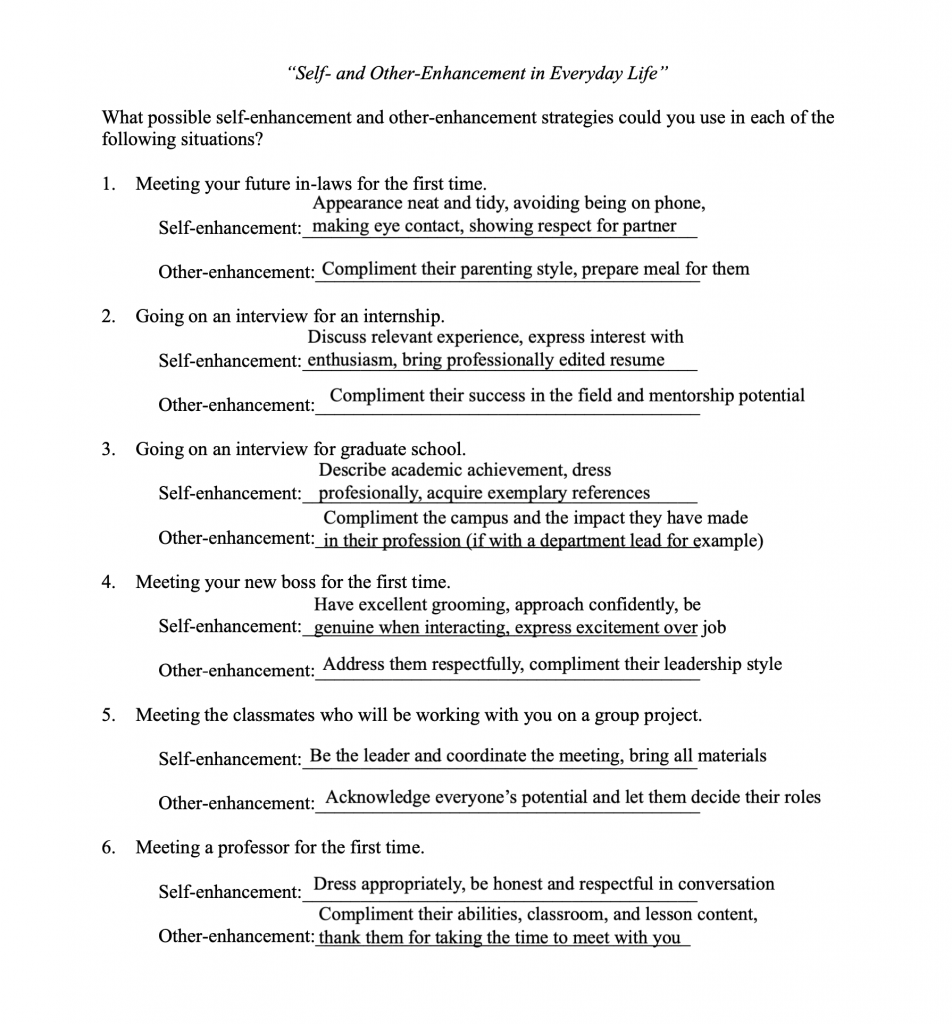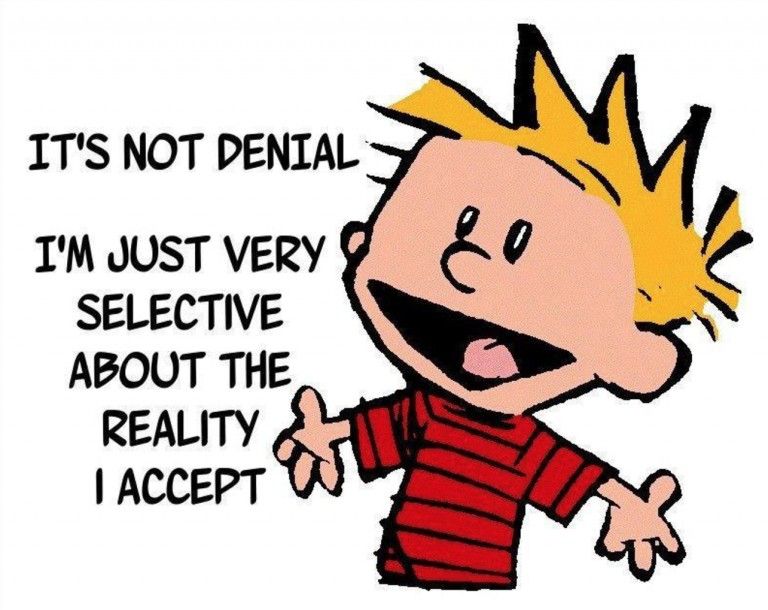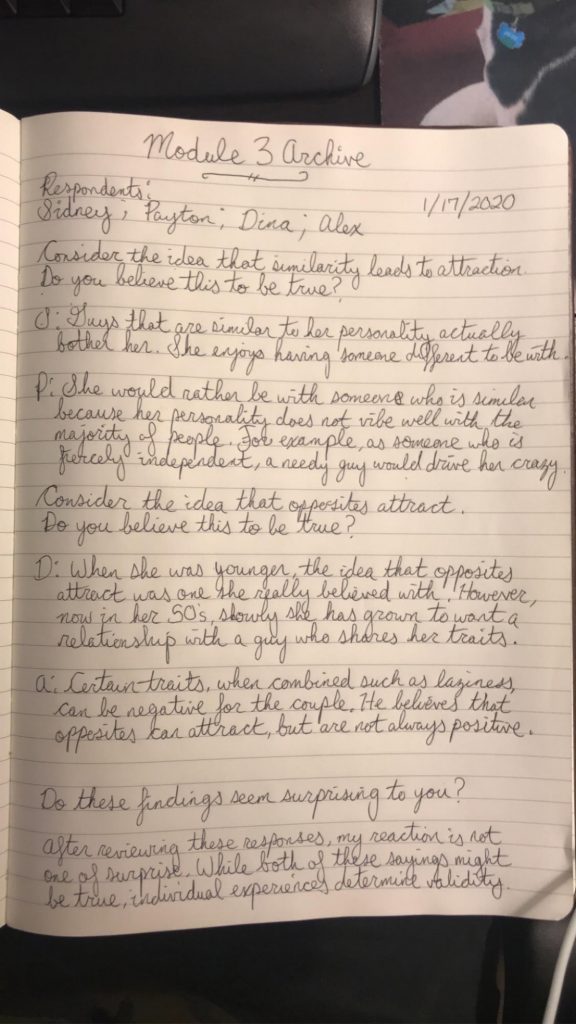Top Artifact 5:

For my fifth favorite artifact, in Module 9 we were asked to review several online dating profiles to search for trends between genders and sexual orientation. I was especially interested in this assignment because of the implications of online dating to stereotypes and other aspects of what we have learned in this class. I have noticed some people tend to fall directly in line with their expected behavior or gender stereotypes, whereas other people are more individualistic in their descriptions of themselves. In the gay dating scene, more physical aspects are often mentioned, such as favored sexual position, whereas in heterosexual dating, more financial expectations are mentioned although there is some overlap. Completing this artifact made me realize the value of studying online dating and social media psychology in general because of the data it can provide to us as future professionals in psychology. We are entering into a much more streamlined version of the Digital Age where more sources of mental illness can be linked to online sources and therefore it is imperative we study this subject further.
Top Artifact 4:

I found this artifact from Module 5 to be one of my favorites because it really illuminated to me how many different faces I have to put on for various situations in my life. Included the above image is the survey in which I completed which shows in-depth how many different behavioral traits I have in my arsenal depending on the situation. I also chose this artifact to be included here because of the research we have studied on self-regulation and how certain people have entirely different personalities depending on who they are with. The question you then face is what is our true personality; is it possible our “personality” is just the face we put on most of the time- or is it who we are when nobody else is around? One reason I love studying topics like this is because of the real-world implications and how it allows us to better understand ourselves.
Top Artifact 3:

My third favorite artifact is from Module 8 where we completed an activity about racial stereotypes by assigning certain adjectives to specific racial and ethnic groups. Two aspects of this artifact stood out to me: the harsh differences in my perception of other races compared to the existing stereotypes and the issue of who is continuing to reinforce these stereotypes. Evidence has shown that widespread surveys indicate black people are seen as superstitious and lazy, but I would argue from my experience that white people are more in that category. Completing this assignment has made me realize that it is not the affected groups themselves who are creating these stereotypes; rather, the opposing groups create them on their own even without sufficient evidence. I believe this type of cycle directly contributes to institutionalized racism and continues to get worse because of the ability to create widespread disinformation. As in the above image, I believe the more self-aware we become of the hateful lies we have been fed or which have been made by others in our racial group, the closer we can become to defeating racism.
Top Artifact 2:

“Irony being the self-awareness of a lack of self-awareness via cognitive dissonance”
For my second favorite artifact, I have selected our assignment from Module 7 where we took a brief survey on our beliefs on various subjects then compared it to how much our behavior lives up to our beliefs. For example, I strongly agreed that helping end the homeless crisis would overwhelmingly benefit society, but personally do not do anything to contribute to solving the crisis. Why this artifact, in particular, is so high on my list is because it gave me insight into my own cognitive dissonance and how my beliefs do not always align with my behavior. I believe we would all benefit from becoming more aware of where our dissonance lies to become more aware of the inconsistencies in our behavior, which when corrected, could help us improve ourselves and the rest of society.
Top Artifact 1:

Perhaps my favorite artifact from this class is from the beginning of the semester in Module 3 when we learned about similarities and differences in terms of attraction. Sayings such as “opposites attract” were more heavily researched in the context of actual measurable data to determine their validity. These popular, yet dated, figures of speech have often been proven to be false or not true to the extent they can be applied to the general population. I might be a psychology major, but I have always held an interest in linguistics and this is why it was so interesting to me. As you can see from my included image, I actually kept notes from my discussion with four people in my life to test these ideas. As it turns out the only way to be sure if opposites attract versus similarities are directly dependent on the person being asked and there is really no way to say either of these ideas are completely true for everyone.